Comfortably Numb
My contribution to David Carrier’s series “The End of Postmodernism” in the December/January opinions section of the Brooklyn Rail.
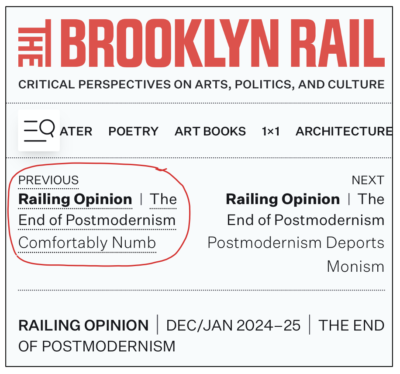
My contribution to David Carrier’s series “The End of Postmodernism” in the December/January opinions section of the Brooklyn Rail.


The Honarkar Foundation just published a catalogue for their current exhibition LUMINARIES OF LIGHT: PIONEERS OF CALIFORNIA LIGHT AND SPACE MOVEMENT curated by Genevieve Williams.
My essay “From Sfumato to Ganzfelds” argues that in order to remove the barriers between the art and its audiences, California Light and Space artists relied on the same four optical modes as the Renaissance painters. Sfumato, chiaroscuro, unione, and cangiantismo are all represented in the works of Peter Alexander, De Wain Valentine, James Turrell, Helen Pashgian, Doug Wheeler, Robert Irwin, and Larry Bell.
The catalogue is available for preorder on the Foundation website.
My latest article for Quillette is an update of sorts on Robert Hughes’ writings from three decades ago about the “therapeutic fallacy” and the “censorious right.” Now it is the censorious left that is swinging the bat.
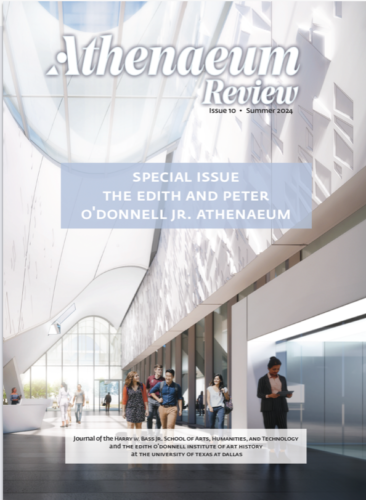
The latest issue of the Dallas-based humanities quarterly is dedicated to the Edith and Peter O’Donnell Jr. Atheneum—the 12-acre UT Dallas campus art district designed by iconic architecture firm Morphosis. I contributed an article “Why we Need the Athenaeum” in which I argue that the Athenaeum model of public spaces is exactly what our culture needs to restore waning real-life social connections.
My take on LACMA’s rather disappointing exhibition that tried to make the Great War relevant to museum goers in 2024.
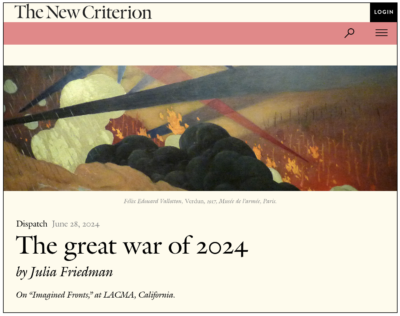
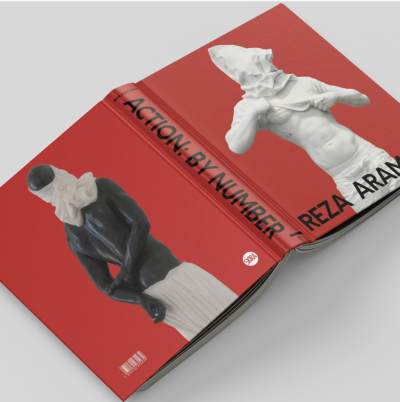
Skira Editore Milano just published a monograph on British-Iranian artist Reza Aramesh. In addition to several texts, and an interview with the artist, ACTION: BY NUMBER contains a catalogue raisonné of his work from 2002 onwards, including Aramesh’s recent marble sculpture. I discuss the art-historical genesis and cultural meaning of these spectacular and frightening works in my essay “The Meta of Marble.” (pp.124–129). The book was released today, in conjunction with the opening of Reza’s site-specific exhibition NUMBER 207 at CHIESA DI SAN FANTIN in Venice. The exhibition was curated by Serubiri Moses, who also edited the monograph.
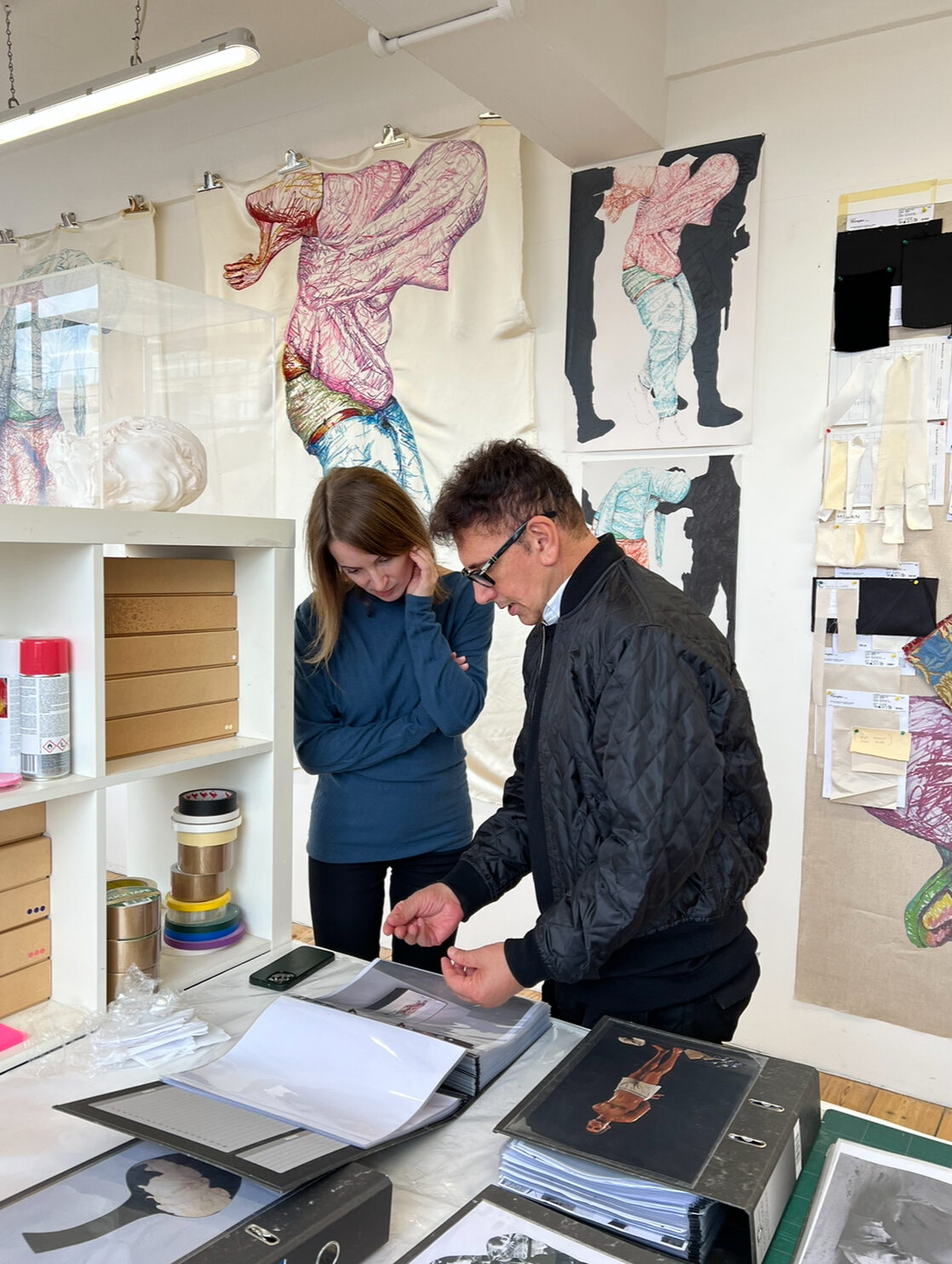
I first visited Reza’s London studio in October of 2022 to talk about his marble sculpture, and during this visit we made an incredible, serendipitous discovery. It turned out that we both knew, and loved, the late art historian and collector Thomas Frangenberg whom I met at “The Lives of Leonardo” conference hosted by the Warburg Institute in 2007. Thomas later co-edited a volume of the conference essays published by the Warburg Institute Colloquia series, and we became friends. One summer day in 2011 Thomas was my guide in Prague, sharing his vast and deep knowledge of Baroque sculpture and architecture. During a London visit the same year, I learned that Thomas was not your typical narrow-focus art historian (his academic specialization was Renaissance and Baroque)—he was also a very serious collector of contemporary art. [Click on the image below and go to page 74 to read about what happened to Thomas’ collection]
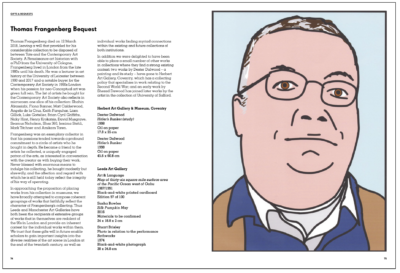
Thomas was a committed supporter of Reza’s work, and in the years before his untimely passing, he contributed to two of Reza’s catalogues. Reading Thomas’ essays made me want to write about Reza even more. It was something akin to art-historical providence, if there is such a thing. And now, that the book is out, we remember Thomas Frangenberg once again.